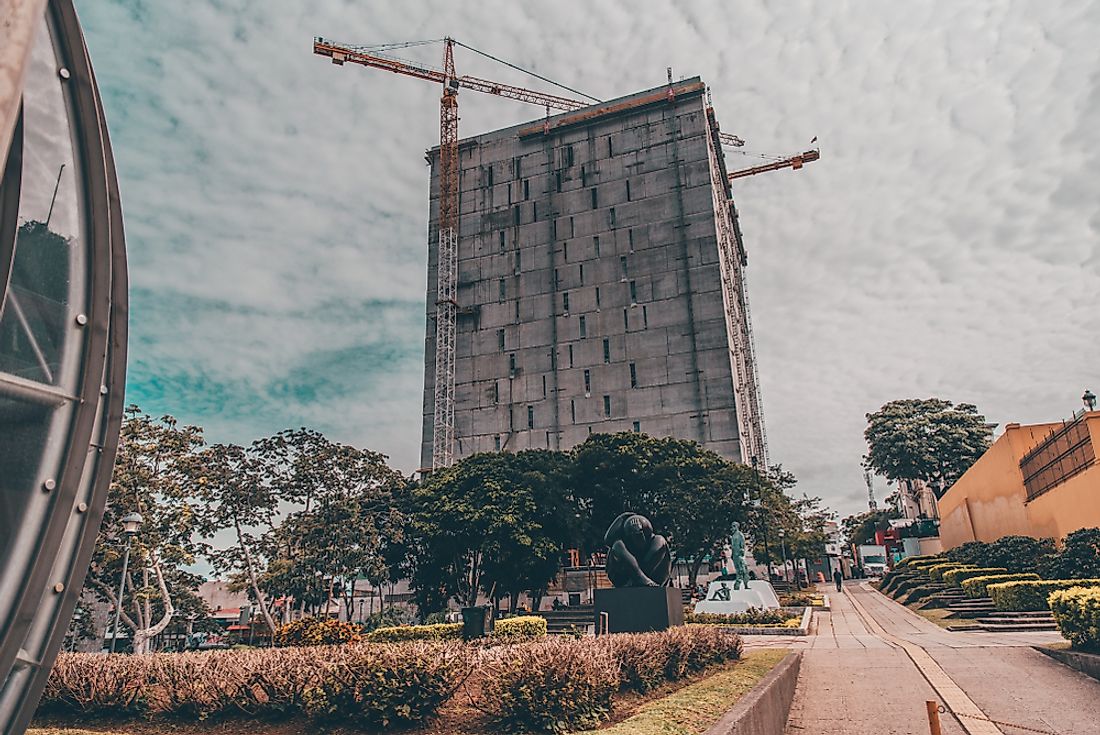What Type of Government Does Costa Rica Have?

The government of Costa Rica operates as a presidential representative democracy, which means the country is led by politicians who are elected to represent the interests of the general population. These politicians may also belong to a number of political parties, which may work separately to achieve their political goals or may form coalitions blocs. The Constitution of Costa Rica, officially approved in 1949, establishes executive, legislative, and judicial branches to carry out the responsibilities of government. This article takes a closer look at each one.
Executive Branch of Government
The executive branch is led by the president of Costa Rica, who is elected by the general population to serve a term of 4 years. The president may not serve consecutive terms and, according to the 2005 constitutional amendment, must wait 8 years before running again for election. The person in this position acts as both head of state and head of government, with the help of two vice presidents. The vice presidents run on the same ballot with the president and are members of the same political party.
The president is responsible for appointing ministers to serve on the Council of Ministers and for providing the legislative body with a presentation every year on the most important issues to be addressed concerning the government and the country. Additionally, the president has veto power over legislative bills, with the exception of the annual budget.
Legislative Branch of Government
The legislative branch of government is made up of the legislative assembly, a unicameral body. The legislative assembly consists of 57 members, called deputies. These deputies are elected by the general population based on proportional representation, which means the number of seats held by certain political parties are representative of the amount of public support each one has. In Costa Rica, these elections are held in each of the 7 provinces. Legislative deputies serve for a 4-year term and may run for election again after taking a full term off.
This branch is responsible for passing legislation to determine the actions and direction of the executive branch. As such, the Council of Ministers must carry out the laws passed by the legislative assembly. Bills passed by this legislative body go on to the president to be signed into law.
Judicial Branch of Government
The judicial branch of Costa Rica operates independently of the executive and legislative branches. It is divided into a hierarchy of courts, including labor courts, lower courts, the court of cassation, appeals courts, and the supreme court. The supreme court of justice serves as the highest court and is administered by 25 substitute magistrates and 12 proprietary magistrates.
The 12 proprietary judges are appointed by the legislative assembly to serve an 8-year term, which is automatically renewed for another 8-year term unless the legislative body decides otherwise. The 25 substitute judges are also chosen by the legislative assembly, from a list of 50 candidates provided by supreme court judges. Proprietary judges are divided into the following departments: three Chambers of Annulment (5 judges each) and the Constitutional Chamber (7 judges). These judges appoint magistrates to the lower courts of the country. Additionally, they have the power to decide if legislative and executive actions and decisions are constitutional or not.







